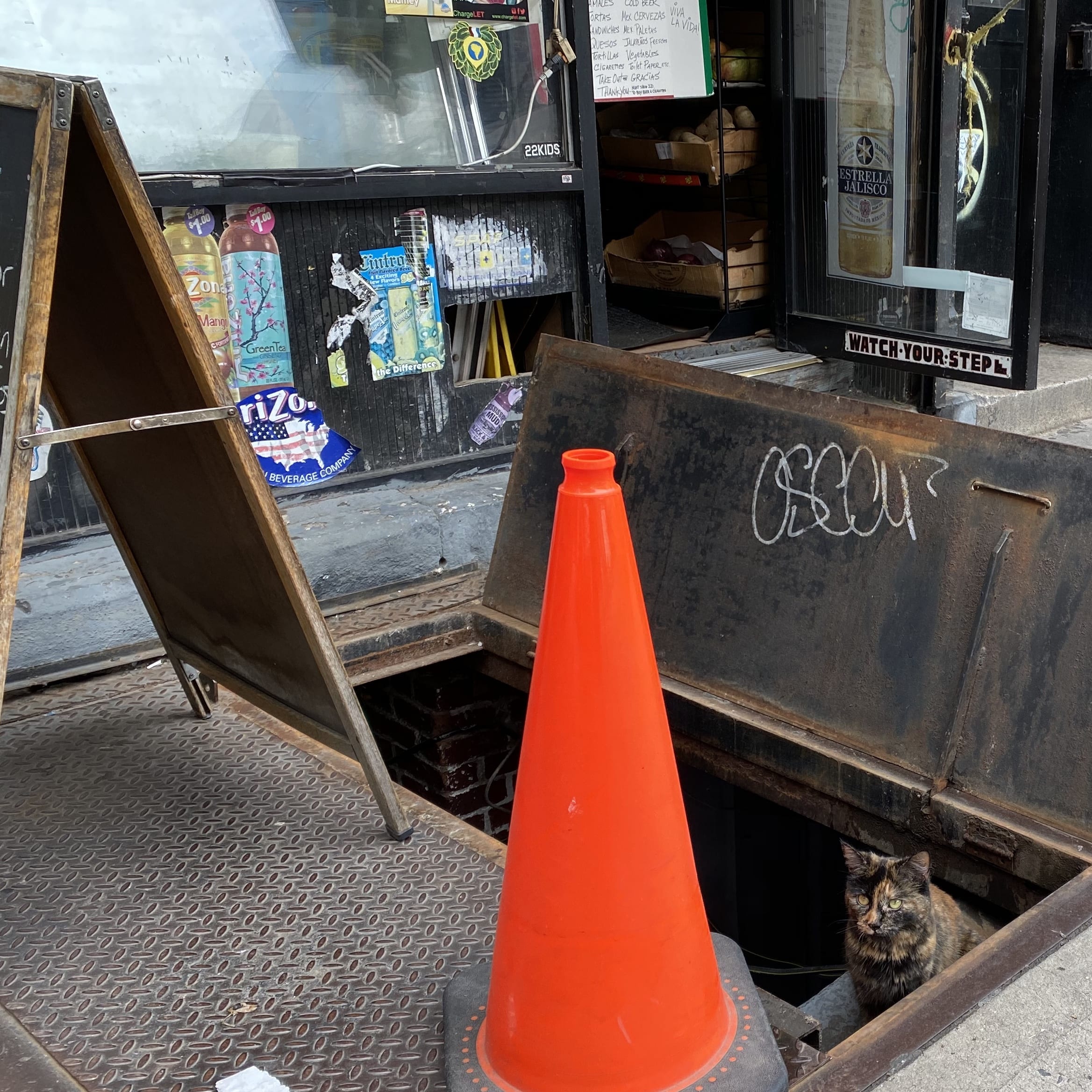So, that reporter lied to me. Undark is not “MIT’s science magazine.” But, hey, lying to me was a good way to get an interview—so I guess the tactic worked! Just another day in the journalism business.
Statistical Modeling, Causal Inference, and Social Science 2020-06-13

Remember how Jim Rockford would show up at someone’s door with a fake business card and some charming story about how he’s a doctor, or a funeral director, or an insurance agent, or whatever? Always good for a laugh.
It’s not so funny if it happens to you.
It turned out that these reporters didn’t just misrepresent what Buzzfeed’s Stephanie Lee had written, and they didn’t just misrepresent what I and other critics of the Stanford antibody study had written.
They also lied to me.
The whole thing got started with this email that I received:
Dear Andrew Gelman,
I have interviewed John Ioannidis and Eran Bendavid regarding the Santa Clara study. I am writing for Undark (MIT’s science magazine) and wonder if you would be willing to chat briefly today or tomorrow morning?
Regards, …
I just assumed the reporter was telling the truth. I don’t know why. I guess I was conned by the whole “MIT” thing.
Actually, Undark is not MIT’s science magazine. That was a lie. Here’s the Undark webpage.
Some choice bits from that webpage:
As journalists, we recognize that science can often be politically, economically and ethically fraught . . .
No kidding. Ethically fraught like, not revealing conflicts of interest and misrepresenting conflicts of interest that were reported by others?
Undark is not interested in “science communication” or related euphemisms, but in true journalistic coverage of the sciences.
What the hell does that mean? Is “true journalistic coverage of the sciences” a euphemism for misreporting what scientists do, for distorting the real world of science to fit into a conventional scientist-as-hero narrative? I guess so.
Also this:
Undark’s conscientiously reported and fact-checked stories are trusted and republished by some of the world’s most prominent media companies.
“Conscientiously reported and fact-checked stories,” huh? I’d loooove to see an interview with the fact-checker for this article.
Just to be clear, I’m not saying that this is a problem with Undark in general. They messed up on this article. No institution is perfect. Columbia University has problems too! We have to assess these things one at a time. It’s also not MIT’s fault that they host a journalism program that publishes a magazine that ran a dishonest article. But if it’s “MIT’s science magazine,” then MIT should be able to fix it.
P.S. Above is a photo of MIT’s science cat.
P.P.S. Neither “MIT” nor “Massachusetts Institute of Technology” are mentioned on Undark’s webpage. It says it’s a “non-profit, editorially independent digital magazine exploring the intersection of science and society. It is published with generous funding from the John S. and James L. Knight Foundation, through its Knight Science Journalism Fellowship Program in Cambridge, Massachusetts.” It is true, though, that when you google the Knight Science Journalism Fellowship Program, you see that it’s at MIT. So now I don’t know what to think. I don’t think it’s accurate to call it “MIT’s science magazine”—if it were, they’d mention MIT somewhere, no?
In any case, my problem is not with the title of the magazine but with the content of the article. I’d be happy if Undark would fix the article, and then they and MIT can get together and decide whether they’re MIT’s science magazine or not.